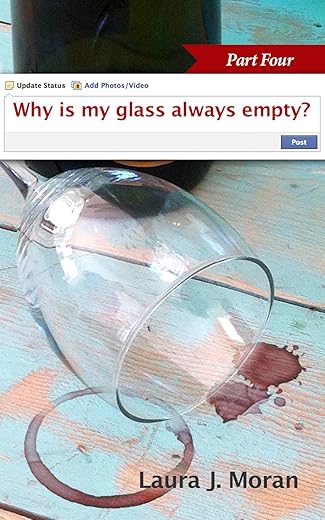




Understanding the Common Reasons Your Glass Screen Protector Isn’t Sticking
Applying a glass screen protector to your beloved smartphone can feel like a rite of passage. It’s a small yet significant step towards safeguarding that fragile display from scratches and cracks. However, nothing is more frustrating than realizing that your newly purchased screen protector just won’t stick. If you’ve found yourself in this predicament, you’re not alone. Let’s delve into the common reasons why your glass screen protector might be refusing to adhere properly.
1. Dust and Debris: The Silent Saboteurs
Imagine trying to paint a wall covered in dust. The paint just won’t stick, right? The same principle applies when you’re applying a screen protector. Tiny specks of dust, lint, or even fingerprints can prevent the adhesive from forming a solid bond with your screen. Before you even think about peeling off that protective layer, give your device a good clean. Use a microfiber cloth and a bit of screen-safe cleaner to wipe down your device.
2. Improper Installation: The Art of Precision
Installing a glass screen protector is akin to laying the perfect tile. A slight misalignment can ruin the entire look. If you find yourself fumbling with the application, take a deep breath. Many screen protectors come with installation guides or videos. Follow them closely. Start by aligning the protector with the edges of your device before letting it fall into place. A steady hand and a bit of patience can make all the difference.
3. Temperature Troubles: The Goldilocks Zone
Did you know that the ambient temperature can affect the adhesive of your screen protector? Just like Goldilocks, your screen protector prefers the “just right” temperature. Applying it in extreme temperatures—either too hot or too cold—can result in poor adhesion. The ideal range is usually between 70°F and 80°F (21°C to 27°C). If you’re in a colder climate, consider warming up your device with your hands before application.
4. The Quality of the Screen Protector
Not all screen protectors are created equal. Some are like high-quality art supplies, while others are akin to cheap knock-offs. If your protector is of lower quality, the adhesive may not perform as expected. Always opt for reputable brands that have garnered positive reviews. Investing in a good screen protector is like buying a sturdy umbrella; it’s worth it when the storm hits.
5. Screen Condition: The Unsung Hero
Think about it—would you put a fresh coat of paint on a wall riddled with cracks? Your phone’s screen is no different. If there are existing scratches, cracks, or chips on your display, they can interfere with the protector’s ability to adhere properly. If your screen has seen better days, consider having it professionally repaired before applying a new protector.
6. Expired Adhesive: Yes, It Has a Shelf Life
Just as milk has an expiration date, so does the adhesive on your screen protector. If your protector has been sitting in a drawer for months, it might not hold up as well as when it was fresh off the shelf. Always check for a manufacturing date and avoid using protectors that have been stored for extended periods.
7. Moisture: The Uninvited Guest
Humidity can be a screen protector’s worst nightmare. If you’ve recently washed your hands or if it’s a particularly humid day, moisture can linger on both your screen and the protector itself. This can create a barrier that prevents proper adhesion. Before you apply, ensure both surfaces are completely dry. A quick wipe with a dry cloth can save the day.
Conclusion
Installing a glass screen protector should be a straightforward task, but various factors can complicate the process. By understanding these common reasons why your protector isn’t sticking, you can take proactive measures to ensure a successful application. Remember, preparation is key—clean your screen, choose quality protectors, and apply them under the right conditions. With a little effort, you can preserve your device’s display and keep it looking pristine for years to come.
FAQs
1. How do I know if my screen protector is installed correctly?
Check for any air bubbles or misalignment. A properly installed screen protector should lie flat against the screen without any visible gaps.
2. Can I reapply a glass screen protector if it didn’t stick the first time?
Generally, it’s not advisable to reapply a used protector, as the adhesive may have lost its effectiveness. It’s best to use a new protector for optimal results.
3. What should I do if I notice air bubbles after installation?
You can gently push the bubbles towards the edge of the screen using a credit card or a similar object. If the bubbles persist, you may need to remove and reapply the protector.
